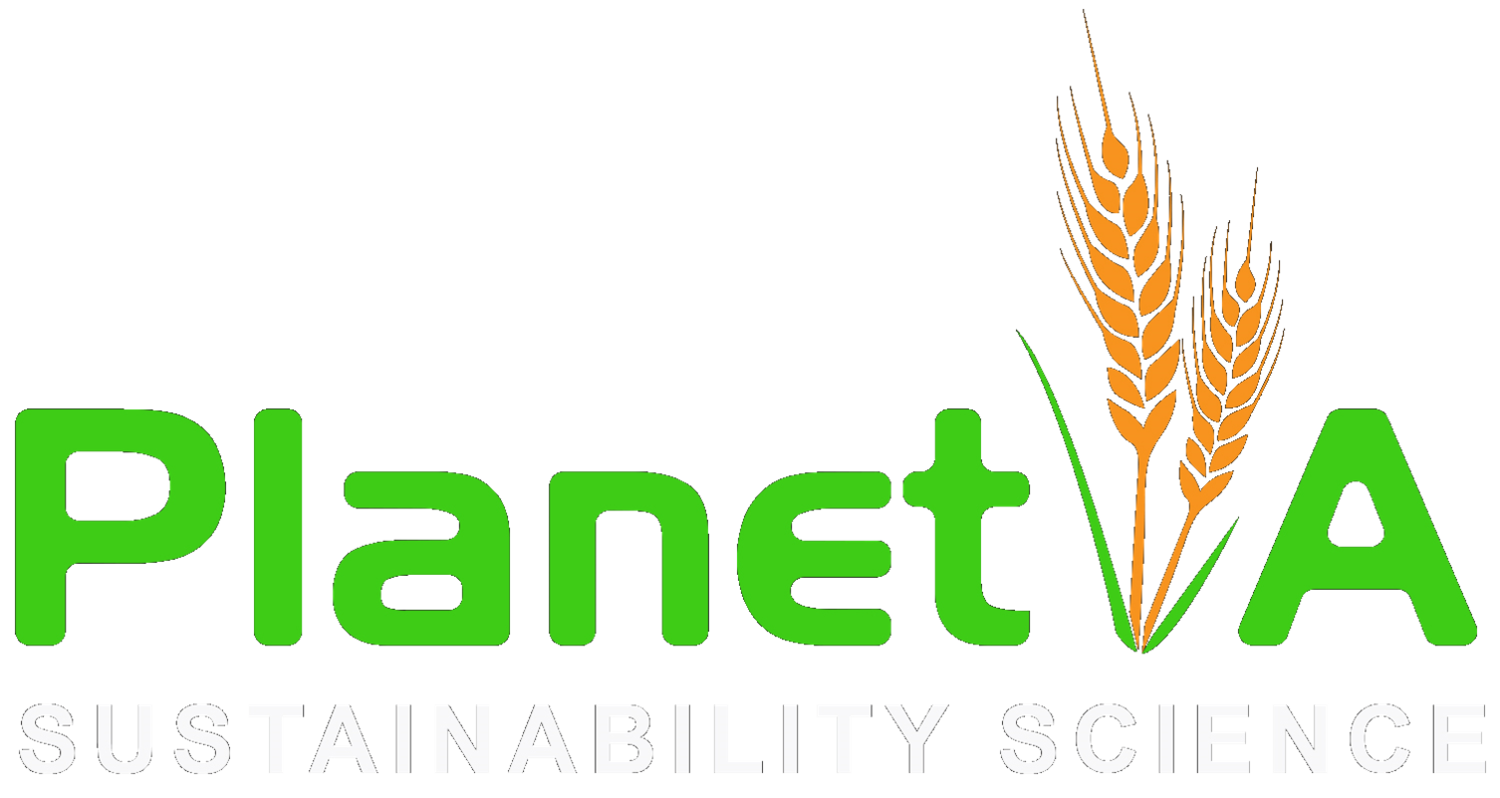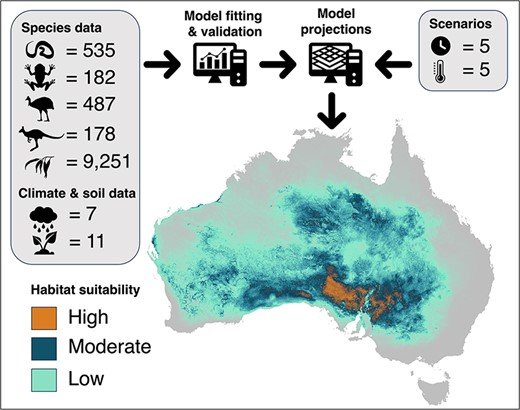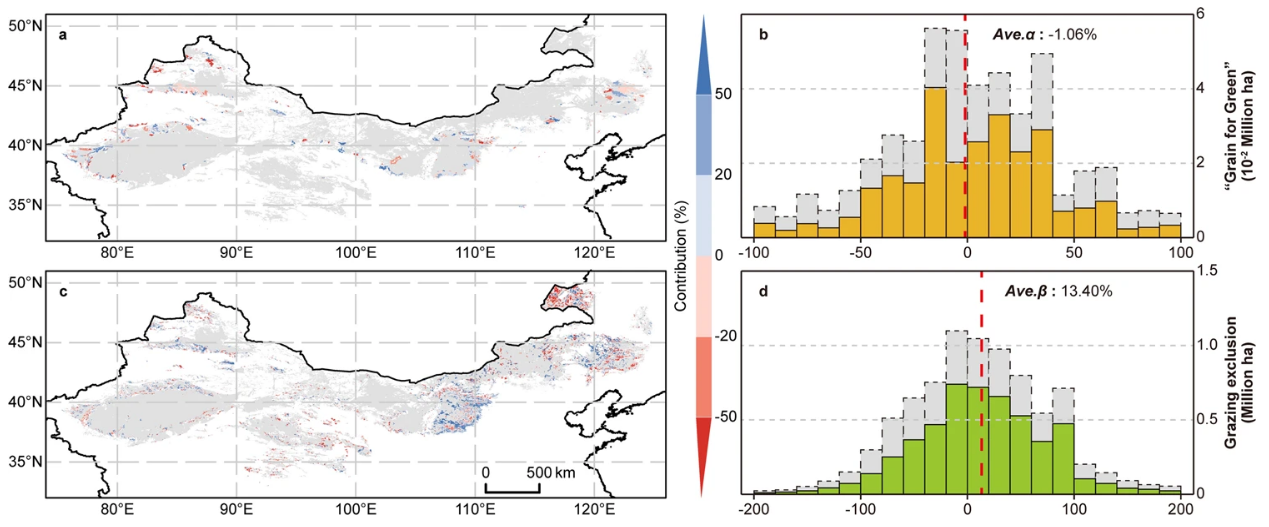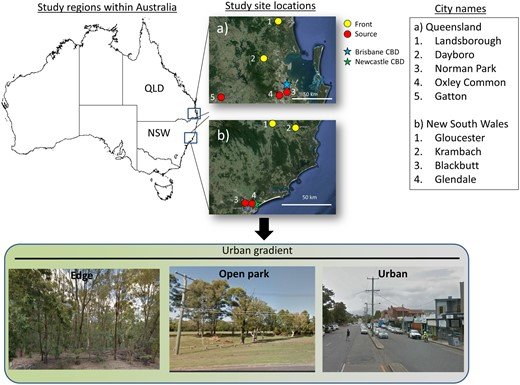Resources, Conservation and Recycling: To preserve and restore water ecosystems, China has implemented increasingly stringent emissions standards (Weak, Moderate, and Ambitious) for wastewater treatment plants and constructed wetlands (CWs) are an effective means of improving tailwater standards.
Sustainability Science: This study underscored the importance of harmonising local initiatives with global sustainability objectives and can inspire local governance to champion resilience policies that harmoniously integrate local actions with global sustainability goals, adapting to evolving uncertainty scenarios.
Landscape Ecology: Supply of freshwater to the world’s cities is increasingly affected by human pressures and climate change. Understanding the effects of human pressures and climate change on global urban water scarcity and quality risks in an integrated way is important.
Ecological Economics: Using a multi-regional input-output model and cropland limits of agri-food consumption and production, we identified specific countries and commodity supply chains that contribute to the exceedance of production-based cropland limits of producer countries (both domestic and via trade).
GigaScience: Spatial information about the location and suitability of areas for native plant and animal species under different climate futures is an important input to land use and conservation planning and management.
Journal of Environmental Management: Wastewater treatment plants (WWTPs) in China must be upgraded to meet new discharge standards, but this incurs both economic and environmental costs and benefits.
Ecological Economics: A review of socioeconomic indicators of sustainability and wellbeing building on the social foundations framework
MOO-GAPS: A multi-objective optimization model for global animal production and sustainability
Nature Food: Climate-friendly and nutrition-sensitive interventions can close the global dietary nutrient gap while reducing GHG emissions
Nature communications: Mature Andean forests as globally important carbon sinks and future carbon refuges
Earth’s Future: Equilibrium Modeling for Environmental Science: Exploring the Nexus of Economic Systems and Environmental Change
Frontiers in Economy and Evolution: Small Landscape Elements Double Connectivity in Highly Fragmented Areas of the Brazilian Atlantic Forest
Journal of Urban Ecology: The role of invasion and urbanization gradients in shaping avian community composition
Environmental Science & Policy: Do conservation covenants consider the delivery of ecosystem services?
The Lancet Planetary Health: Articulating the effect of food systems innovation on the Sustainable Development Goals
Science of The Total Environment: Changes in supply and demand mediate the effects of land-use change on freshwater ecosystem services flows
Remote Sensing of Environment: High-resolution wall-to-wall land-cover mapping and land change assessment for Australia from 1985 to 2015
Ecological Indicators: National-level consumption-based and production-based utilisation of the land-system change planetary boundary: patterns and trends
Environmental Science Technology: Pesticide Toxicity Hazard of Agriculture: Regional and Commodity Hotspots in Australia
Global Food Security: Does global food trade close the dietary nutrient gap for the world's poorest nations?
Earths Future: Evaluating Participatory Modeling Methods for Co-creating Pathways to Sustainability
Environmental Research Letters: Financial inclusion may limit sustainable development under economic globalization and climate change
Sustainability Science: Co-creating local socioeconomic pathways for achieving the sustainable development goals
British Ecological Society: Conservation planning for people and nature in a Chilean biodiversity hotspot
Science of The Total Environment: Climate change adaptation for managing non-timber forest products in the Nepalese Himalaya
Preprints: Linking Responsible Consumption and Production: A Global Assessment of Cropland Use for Agri-Food Production.
Environmental Science & Policy: Prioritizing Sustainable Development Goals, characterizing interactions, and identifying solutions for local sustainability.
Frontiers in ecology and evolution: Small Landscape Elements Double Connectivity in Highly Fragmented Areas of the Brazilian Atlantic Forest.
Nature Communications: Mature Andean forests as globally important carbon sinks and future carbon refuges.
Global Food Security: Does global food trade close the dietary nutrient gap for the world's poorest nations?
IPC–MERCATOR ANALYSIS: Sustainable and nutrition-sensitive food systems: The planetary boundary approach.
GI Science & Remote Sensing: Consistent, accurate, high resolution, long time-series mapping of built-up land in the North China Plain.
Socio- Ecological Practice Research: In June 2019, Prof Brett Bryan attended the 1st Socio-Ecological Practice Research Conference held in Shanghai, China where he was apart of a workshop on the theory-practice gap (TPG). The goal of this workshop was to characterize the TPG and identify practical recommendations for minimizing it.
Climateworks centre: Members of the Planet-A lab were contacted by Climateworks to conduct an analysis on Australia’s contribution to planetary health.
Journal of Urban ecology: The role of invasion and urbanization gradients in shaping avian community composition.
The conversation: A lone tree makes it easier for birds and bees to navigate farmland, like a stepping stone between habitats.
Science of the Total environments: Changes in supply and demand mediate the effects of land-use change on freshwater ecosystem services flows.
Remote sensing of environment: High resolution wall-to-wall land-cover mapping and land change assessment for Australia from 1985 to 2015.
Workshop: Embedding climate change projections into Great Barrier Reef catchment models - In March 2022, Carla was invited to attend a workshop about effective management across the land-sea continuum by researchers at the University of Melbourne.
Foods: Short-Term Implications of Climate Shocks on Wheat-Based Nutrient Flows: A Global “Nutrition at Risk” Analysis through a Stochastic CGE Model
The Lance Planetary Health: Articulating the impact of food systems innovation on the Sustainable Development Goals
Abdullah Shaikh with Nicolas Roux: Assessing trade flows through a telecoupling lens - Globally sharing land and its ecosystem functions through international trade
Sustainability Science: Co-creating local socioeconomic pathways for achieving the sustainable development goals
Earth’s Future: Evaluating participatory modelling methods for co‐creating pathways to sustainability
BLOG: PhD Reihaneh Bandari describes the research and challenges to identify local sustainability goals in her Goulburn-Murray case study
ACS Publications: Pesticide Toxicity Hazard of Agriculture: Regional and Commodity Hotspots in Australia
Global Food Security. Does global food trade close the dietary nutrient gap for the world’s poorest nations?
The sharing economy and sustainability – assessing Airbnb’s direct, indirect and induced carbon footprint in Sydney
Unravelling the effects of large-scale ecological programs on ecological rehabilitation of China’s Three Gorges Dam.
Towards automatic calibration of neighbourhood influence in cellular automata land-use models.
Automatic calibration of a whole-of-basin water accounting model using a comprehensive learning particle swarm optimiser
China’s response to a national land-system sustainability emergency. Freely access the full paper with summaries and links to the ensuing media articles, blog posts, video and podcast which provide great insight into China’s unprecedented progress towards achieving the UN Sustainable Development Goals.
Modelling Transitions shows what computational, formal and data-driven approaches can and could mean for sustainability transitions research, presenting the state-of-the-art and exploring what lies beyond.
Australia is slipping down the global sustainability rankings. Allen et al. show that it could improve if it wanted to but full SDG achievement will be tough.
This requires a transition towards robust model-based inferences which are effective despite uncertainties of human and climate driven change.

































































Environmental Modelling & Software: Environmental Modelling & Software: This paper proposes s-LSTM, a top-down deep learning model, for efficiently modelling and predicting the spatiotemporal dynamics of groundwater recharge.